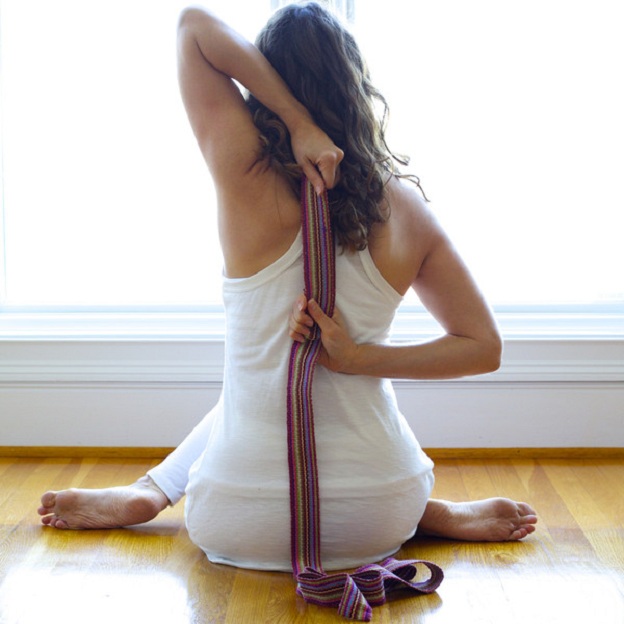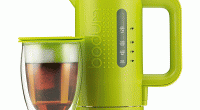Practice Asanas With Ease: The Importance of Yoga Props
You have probably heard of the numerous benefits yoga could bring to your lifestyle: helping you relax and relieving you from stress, increasing your blood flow, regulating your glands, aiding muscle build and strength, including improving your self-esteem and relationships. To be able to get all of the positive effects yoga provides however, you have to do the asanas properly. Same as with any practice, if you do not do yoga correctly, you might actually do more harm to yourself.

Though yoga demands simplicity and requires full alignment of your body and mind, the addition of proper yoga equipment will get you a long way. To make the most of your asanas, you should consider purchasing a yoga belt, mat, blanket and block. They have worked wonders for my exercise. As a yogi myself, I can only say my whole practice was entirely improved once I applied the use of yoga props, and now cannot imagine yoga without them. I will explain to you the importance of each of the aforementioned props to help you with your yoga experience.
Starting with the less obvious one, a yoga belt may be just the thing you need to help you with flexibility. Since most of the asanas require a great deal of stretchiness, rookie yogis will certainly be relieved and do certain poses with more ease with a yoga belt. There is a variety of yoga belts to choose from but the best ones are the longer cotton ones which can be adjusted with a plastic buckle. Regardless of the kind of asana you do, it is always advisable to have a long belt; a short one may not be of use to you with some poses (e.g. Natarajasana – Dancer’s Pose and Navasana – Boat Pose), where wider stretching is required. Yoga belts are perfect for warming up prior to yoga, when you have to stretch your legs and open your shoulders and can help you with mastering the Gomukhasana (Cow Face Pose).
Fret not if you are struggling to have your muscles endure challenging poses. The yoga block was made for asanas such as the Setu Bandasana (Bridge Pose), Trikonasana (Triangle Pose) and Ardha Chandrasana (Half Moon Pose). It can serve as a support for your back, waist, hands and even your neck during meditation, so you will successfully do yoga and be able to reduce muscle and joint pain.
You are probably most familiar with the mat. With the growing number of yoga studios and yoga teachers, the whole world has become mesmerised by yoga, and the production of yoga mats reached new heights, especially recently with the Eco-friendly designs. Most of the hardcore yogis prefer yoga without the mat, but as is the case with all yoga props, a mat is important for your balance and support during the asanas.
Vrikshasana (Tree Pose) is easier to achieve with the proper mat. Try doing Supta Virasana (Reclined Hero Pose) or Sarvangasana (Candle Pose) without a mat and you will immediately feel more pressure on your body and pain on ankles and elbows. Yoga mats can also give you comfort, keep your body warmth (imagine Matsyasana on a cold floor) and separate you from dirty flooring.
For beginners, it is recommended to use a yoga blanket as well on your mat for more balance. Blankets are also perfect for asanas involving sitting and relaxing, as they provide more comfort. For instance with the Balasana (Child’s Pose) and Makarasana (Crocodile). When you invest in the right yoga props, you invest in your health.



